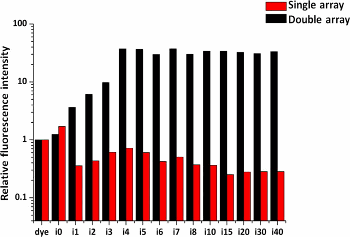-
Amorphous Nanoparticle Assemblies by Bottom-Up Principles
A. Cunningham, M. Chekini and T. Burgi
in "Active Plasmonic Nanomaterials" Luciano de Sio, Pan Stanford, (2015), p101-103


DOI:10.1201/b18647-4 | Abstract | Article PDF
Self-assembly of plasmonic nanoprticles is a fast, robust, and cheap route to obtain large-scale materials with promising optical properties. Although the materials obtained in this way are usually amorphous, the approach has the advantage that three-dimensional assemblies of small particles can be otained with control of the average distance at the nanoscale. In this chapter, we will focus on one particular strategy to assemble plasmonic particles that relies on the interplay between charged particles, surfaces, and polyelectrolytes. Several geometries will be discussed with an emphasis on the optical properties that are dictated by the coupling between plasmons in different geometries.


